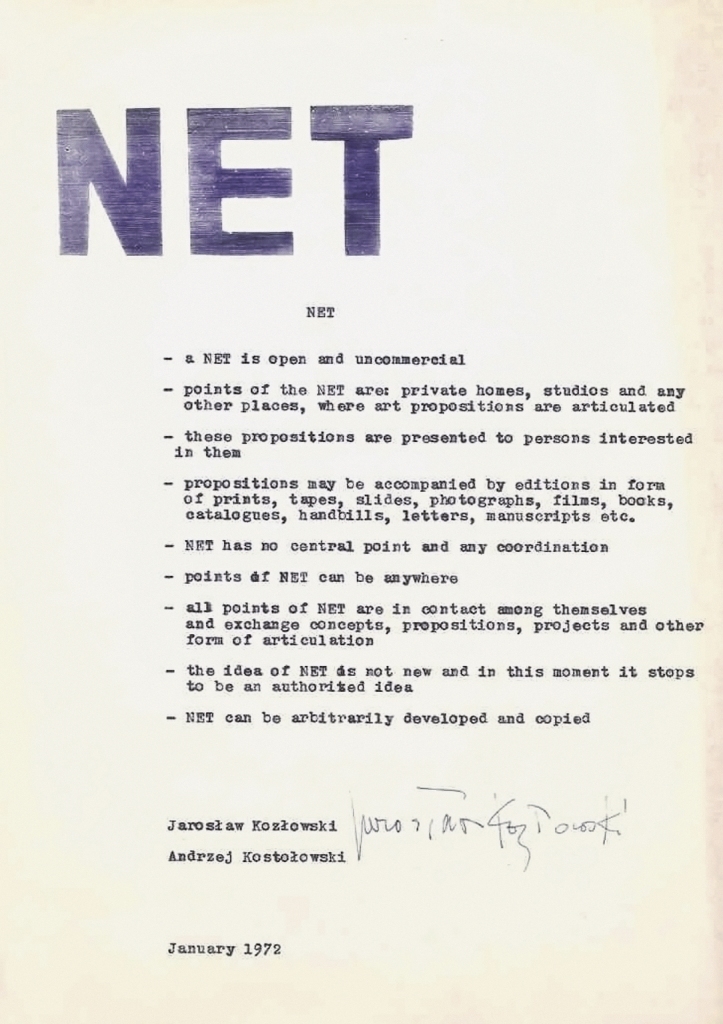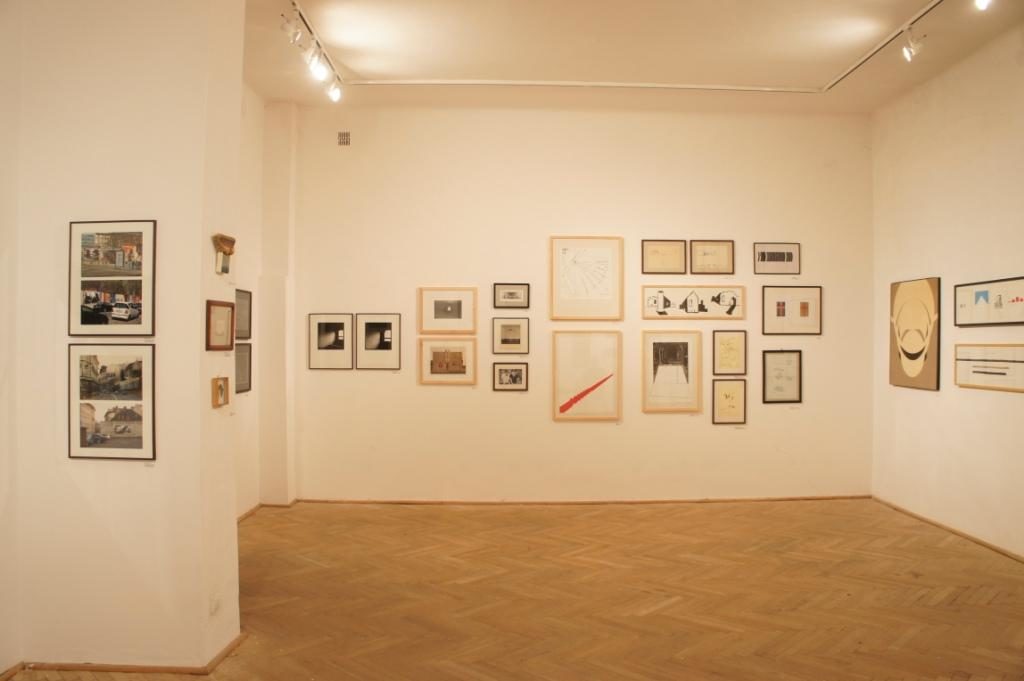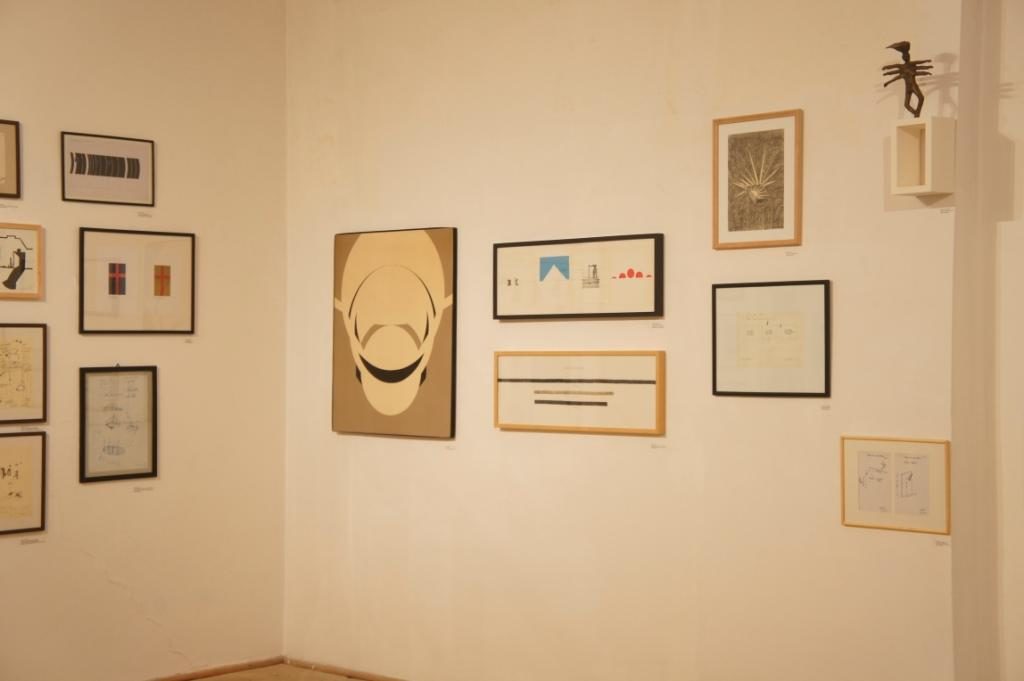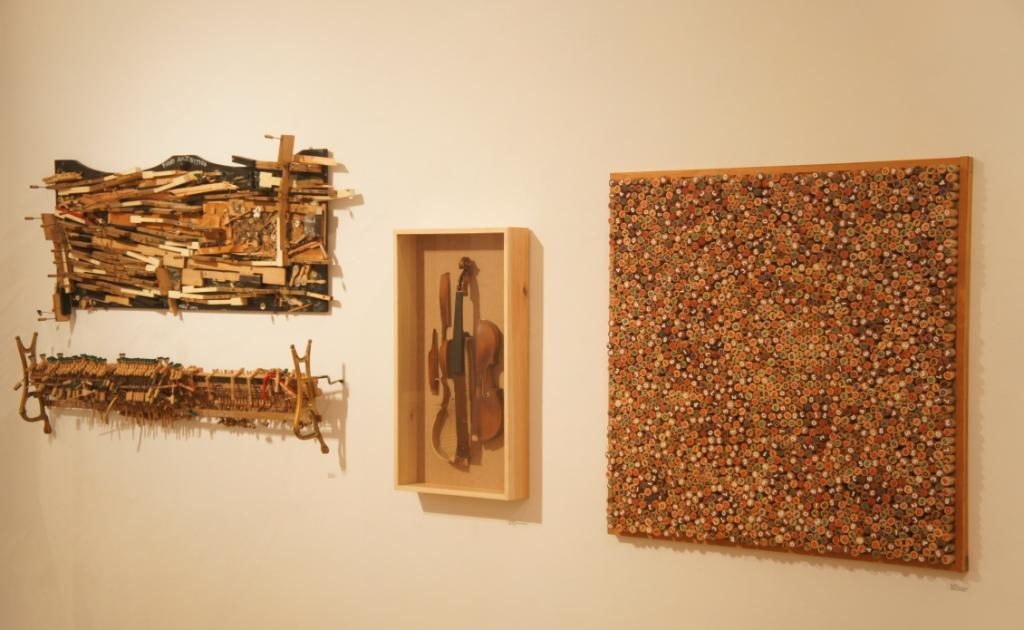
Joanna Adamczewska, Carlos Amorales, Birgir Andrésson, Angelo de Aquino, Gábor Attalai, Anna Banana, Joseph Beuys, Julien Blaine, John Blake, René Block, Jean-François Bory, Natalia Brandt, KP (Klaus Peter) Brehmer, Wojciech Bruszewski, Carlfriedrich Claus, Philip Corner, Arthur Cravan, Radomir Damnjanović Damnjan, Małgorzata Dawidek-Gryglicka, Martha Dermisache, Antonio Dias, Andrzej Dłużniewski, Erner Dov, Andrew Dutkewych, Felipe Ehrenberg, Diana Fiedler, Stano Filko, Paul-Armand Gette, Michael Gibbs, Tom J. Gramse, Diego Gutiérrez, Maciej Haufa, John Hilliard, Margrit Kahl, Richard Kostelanetz, Jarosław Kozłowski, Martina Kramer, Barney de Krijger, Mariusz Kruk, Ewa Kulesza, Hannes Lárusson, Ólafur Lárusson, Lucy Lippard, Hanna Łuczak, Inge Mahn, Joan Mathews, Maryna Mazur, David Mayor, Barry McCallion, Michael Metz, Victor Mutale (Kalinoshi), Ann Nöel, Clemente Padin, Ben Patterson, Anna Pawłowska-Klimczak, Andrzej Paruzel, Paul Pechter, Andrzej Pepłoński, Sándor Pinczehelyi, Mikołaj Poliński, Paweł Polus, Piotr Postaremczak, Ilya Rabinovich, Ralf Samens, Maciej Sarna, Mikołaj Smoczyński, William Louis Sørensen, Cezary Staniszewski, Jarosław Szelest, Gábor Sziliasi, David Troostwyk, Franz Erhard Walther, Emmett Williams, Tomasz Wilmański, Richard Wilson, Dorothee von Windheim, Magda Wiśniewska

The NET project was one of the most important initiatives of the 1970s avant-garde, bringing together artists from various parts of the world. The idea for NET was formulated in 1971 by artist Jarosław Kozłowski and art critic and historian Andrzej Kostołowski who, in a manifesto mailed to some 350 artists and critics in Poland and abroad, encouraged artistic collaboration and a free exchange of artistic facts. A network of contacts developed between artists, independent of institutional structures and above political barriers, driven by a wave of art’s conceptualisation, fascination with mail art, and the popularity of subversive attitudes. The idea of free circulation, dialogue, and decentralisation offered an artistic alternative to the political and ideological isolation of Polish culture at the turn of the 1960s and 1970s. Despite the geopolitical divisions between East and West, the NET spread through exchange between artists based in Eastern and Western Europe, Asia, North and South America. The anarchistic idea posed a challenge to both Eastern Europe’s political status quo and the West’s art market with its commercial mechanisms. The NET’s first presentation, in 1972 in Poznań, at Jarosław Kozłowski’s private home, was interrupted by the secret police; the second one took place the same year at the Club of the Association of Polish Visual Artists (ZPAP) in Poznań. Despite official reprisals, the network of independent contacts expanded in the years that followed, as of 1972 as part of the Akumulatory 2 Gallery started by Jarosław Kozłowski in Poznań. In 2012, the Profile Foundation showed selected documentation and works of NET-associated artists, the first such presentation in forty years. Due to the size of the archive, we are now unveiling the exhibition’s second part. This is accompanied by a comprehensive publication featuring documentation and works of the NET-participating artists, a conversation between Jarosław Kozłowski and Bożena Czubak, and an essay by a networking researcher, Klara Kemp-Welch.


Exhibition Curators: Bożena Czubak, Jarsław Kozłowski
cooperation: Natalia Brandt
